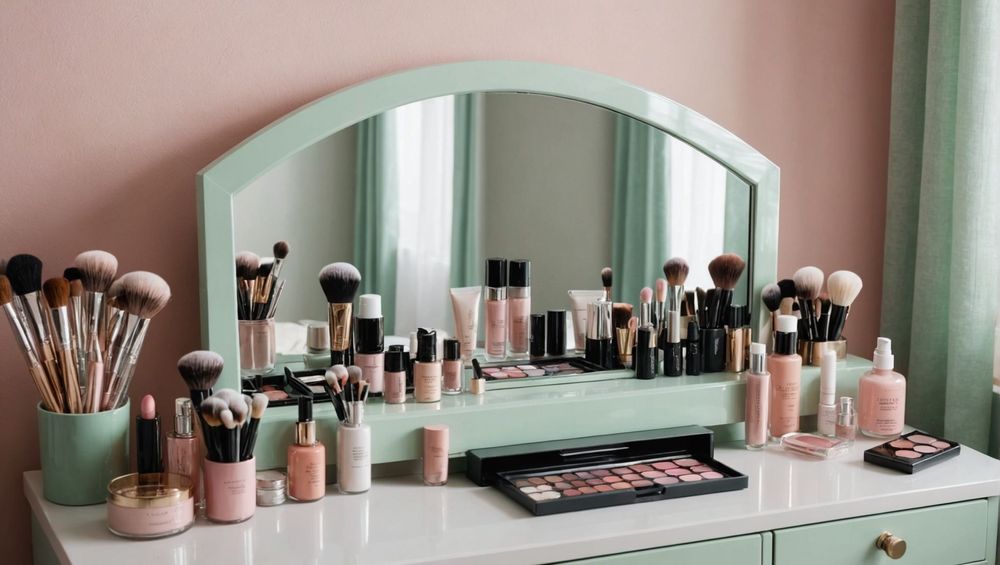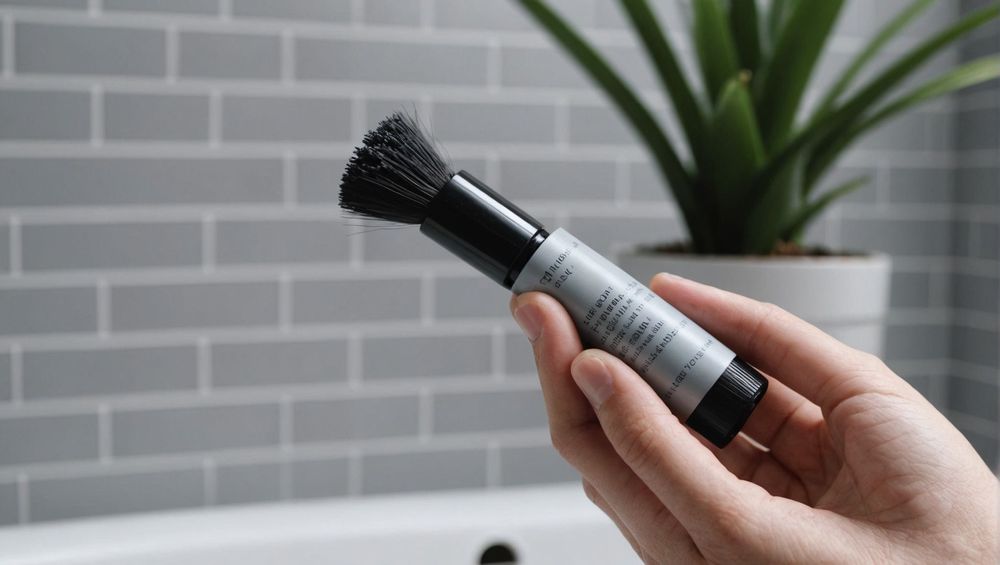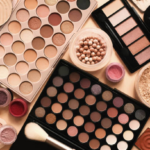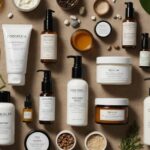Makeup, like many other consumables, has a limited shelf life, and understanding its expiration dates is crucial to ensure your beauty routine remains safe and effective. Expired products can harbor bacteria, lose their efficacy, and lead to skin irritation or other adverse reactions. The main objective of this article is to provide you with essential information about makeup expiration dates, including how to recognize them, the importance of adhering to them, and tips for extending the life of your favorite cosmetics.
Why Makeup Expiration Dates Matter

Makeup expiration dates are vital for maintaining not just effectiveness but also skin health. Using outdated cosmetics can potentially cause issues such as breakouts, infections, and allergic reactions. Many products contain ingredients that can degrade over time or become breeding grounds for bacteria. Thus, recognizing the importance of these dates is paramount for anyone who uses skincare and cosmetics. Products that come in contact with your skin, especially around sensitive areas such as the eyes, require particular diligence. It’s crucial to be aware that while some items may still appear visually acceptable, they may not be safe to use.
Understanding Expiration Dates: PAO and “Use By” Dates
There are generally two types of expiration indicators you should look for on cosmetic packaging: “Use By” dates and Period After Opening (PAO) symbols. “Use By” dates indicate the point at which a product should be consumed, while PAO symbols offer insight into how long a product remains effective after it’s been opened. The PAO is represented by a jar symbol with a number followed by the letter “M,” denoting months. For example, if a product shows “12M,” it suggests that it’s effective for 12 months post-opening. Understanding these symbols aids consumers in making informed decisions about the safety and usability of their makeup.
Common Makeup Products and Their Lifespans

Every makeup product has a distinct shelf life influenced by its formulation and packaging. Here’s a rundown of typical cosmetics and their expected longevity:
- Liquid Foundation: 6 to 12 months
- Powder Foundation: 1 to 2 years
- Concealer: 6 to 12 months
- Lipstick: 1 to 2 years
- Eyeshadow: 1 to 2 years
- Mascara: 3 to 6 months
- Blush: 1 to 2 years
By keeping track of these timelines, you can help preserve the integrity of your makeup collection and prevent any potential skin issues linked to expired products. Remember that various factors, such as storage conditions and personal hygiene practices, can also influence these lifespans.
Tips for Extending the Life of Your Makeup
While it’s essential to be aware of expiration dates, there are several strategies you can employ to maximize the lifespan of your makeup products:
- Proper Storage: Store makeup in a cool, dry place away from direct sunlight. Heat and humidity can accelerate spoilage.
- Seal Containers: Ensure that lids and caps are tightly sealed after every use to minimize exposure to air and germs.
- Check for Changes: Regularly inspect your products for changes in scent, texture, or color, which may indicate spoilage.
- Avoid Sharing: Sharing makeup can introduce bacteria; it’s best to use your own products exclusively.
- Use Tools: Always use clean brushes and applicators to apply makeup and avoid contaminating products.
Implementing these simple actions can help you enjoy your cosmetics longer and ensure that they remain safe to use.
Conclusion
Understanding makeup expiration dates is essential for every beauty enthusiast. By familiarizing yourself with the lifespan of different products and recognizing expiration symbols, you can maintain a healthy and effective skincare and makeup routine. Proper storage and hygiene practices further aid in extending the life of your makeup. Ultimately, prioritizing safety in your cosmetic choices helps prevent adverse reactions, ensuring that your beauty remains as radiant as ever.
FAQs
1. How can I tell if my makeup has expired?
Common signs include changes in texture, odor, or color. If the product separates or feels gritty, it’s usually best to discard it.
2. Are natural or organic makeup products more likely to expire quickly?
Yes, natural or organic products often lack preservatives and can expire sooner than conventional cosmetics, so you should pay close attention to their expiration dates.
3. Can I still use makeup if it’s just a few weeks past its expiration date?
While a few weeks may not always pose an immediate risk, using expired makeup increases the likelihood of skin issues. It’s better to err on the side of caution.
4. What’s the safest way to dispose of expired makeup?
The best practice is to throw expired makeup in the trash. Avoid flushing or pouring it down the sink, as it can clog pipes or pollute water sources.
5. How often should I clean my makeup brushes and tools?
It’s recommended to clean your brushes and tools at least once a week or after every use, particularly for items that come into contact with the eyes or mouth.


